Window treatments to feature, not hide, window moulding
karinl
11 years ago
Related Stories
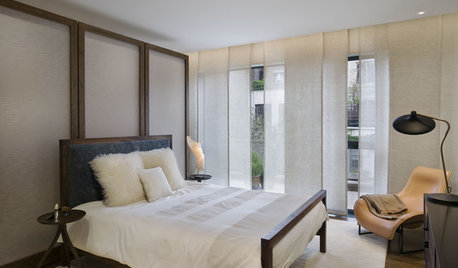
WINDOWSTreatments for Large or Oddly Shaped Windows
Get the sun filtering and privacy you need even with those awkward windows, using panels, shutters, shades and more
Full Story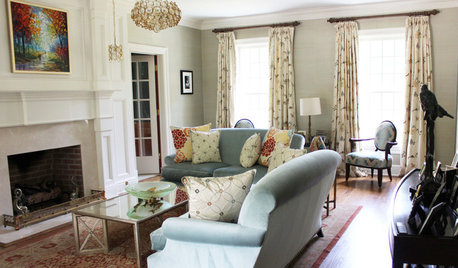
WINDOW TREATMENTS9 Upgrades to Elevate Your Window Treatments
Find out what the pros do to turn an ordinary window covering into a standout design feature — and what it costs
Full Story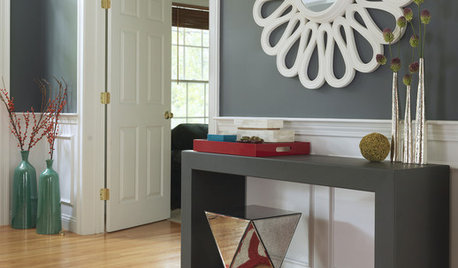
REMODELING GUIDESFrame Your Views With Great Moldings and Casings
How to Work With Trim to Give Your Space Depth and Interest
Full Story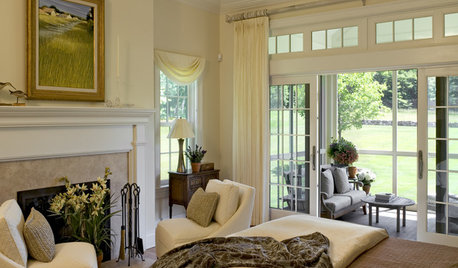
WINDOWSAwkward Windows and Doors? We've Got You Covered
Arched windows, French doors and sidelights get their due with treatments that keep their beauty out in the open
Full Story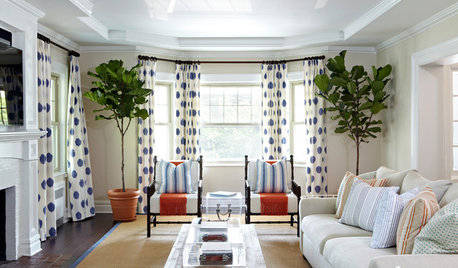
DECORATING GUIDESYour Guide to Window Treatments
The right window treatments can provide privacy, light control and safety — or just better style
Full Story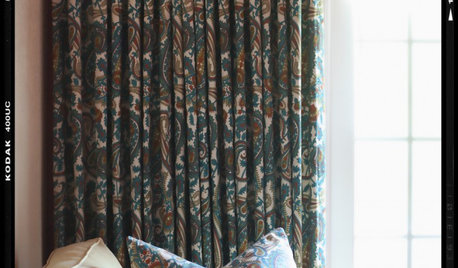
DECORATING GUIDESHow to Get Your Window Treatment Right
Here's the lingo to know to get the draperies you really want
Full Story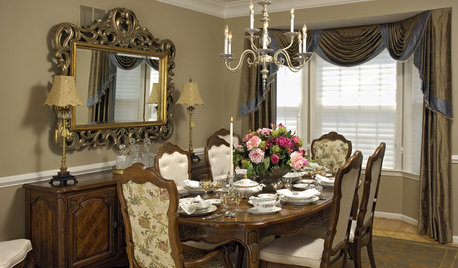
WINDOWSFind Your Window Treatment Style
Whether your look is traditional, contemporary or somewhere in between, make your window treatments match your design personality
Full Story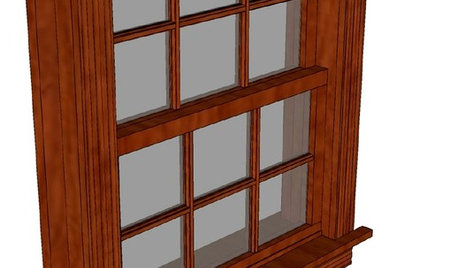
DESIGN DICTIONARYWindow Apron
This window feature hides an unsightly gap but can be decorative too
Full Story0
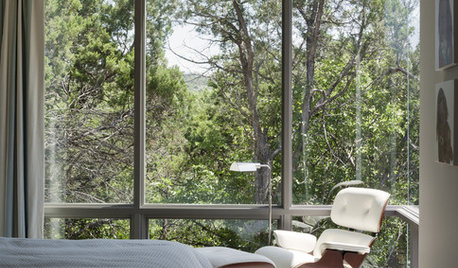
DECORATING GUIDESThe Art of the Window: Drapery Solutions for Difficult Types and Shapes
Stymied by how to hang draperies on a nonstandard window? Check out these tips for dressing 10 tricky window styles
Full Story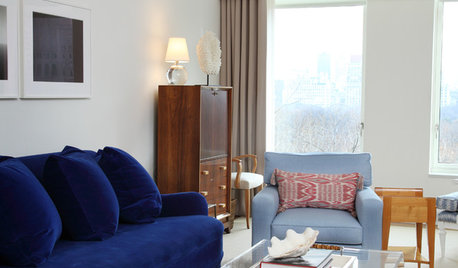
DECORATING GUIDES13 Ways With Window Valances
A swoop of fabric above the window hides the hardware and frames the view in style
Full Story










bostonpam
jlc102482
Related Professionals
Arlington Kitchen & Bathroom Designers · Frankfort Kitchen & Bathroom Designers · Henderson Kitchen & Bathroom Designers · Hillsboro Kitchen & Bathroom Designers · Lockport Kitchen & Bathroom Designers · Alpine Kitchen & Bathroom Remodelers · Cleveland Kitchen & Bathroom Remodelers · Cocoa Beach Kitchen & Bathroom Remodelers · Lomita Kitchen & Bathroom Remodelers · Olney Kitchen & Bathroom Remodelers · Lawndale Kitchen & Bathroom Remodelers · Ridgefield Park Kitchen & Bathroom Remodelers · Doctor Phillips Architects & Building Designers · Franklin Architects & Building Designers · Panama City Beach Architects & Building Designerssombreuil_mongrel
antiquesilver
antiquesilver
Judy1249
karinlOriginal Author
sombreuil_mongrel
singersphinx27
brickeyee
karinlOriginal Author
columbusguy1
vjrnts
karinlOriginal Author